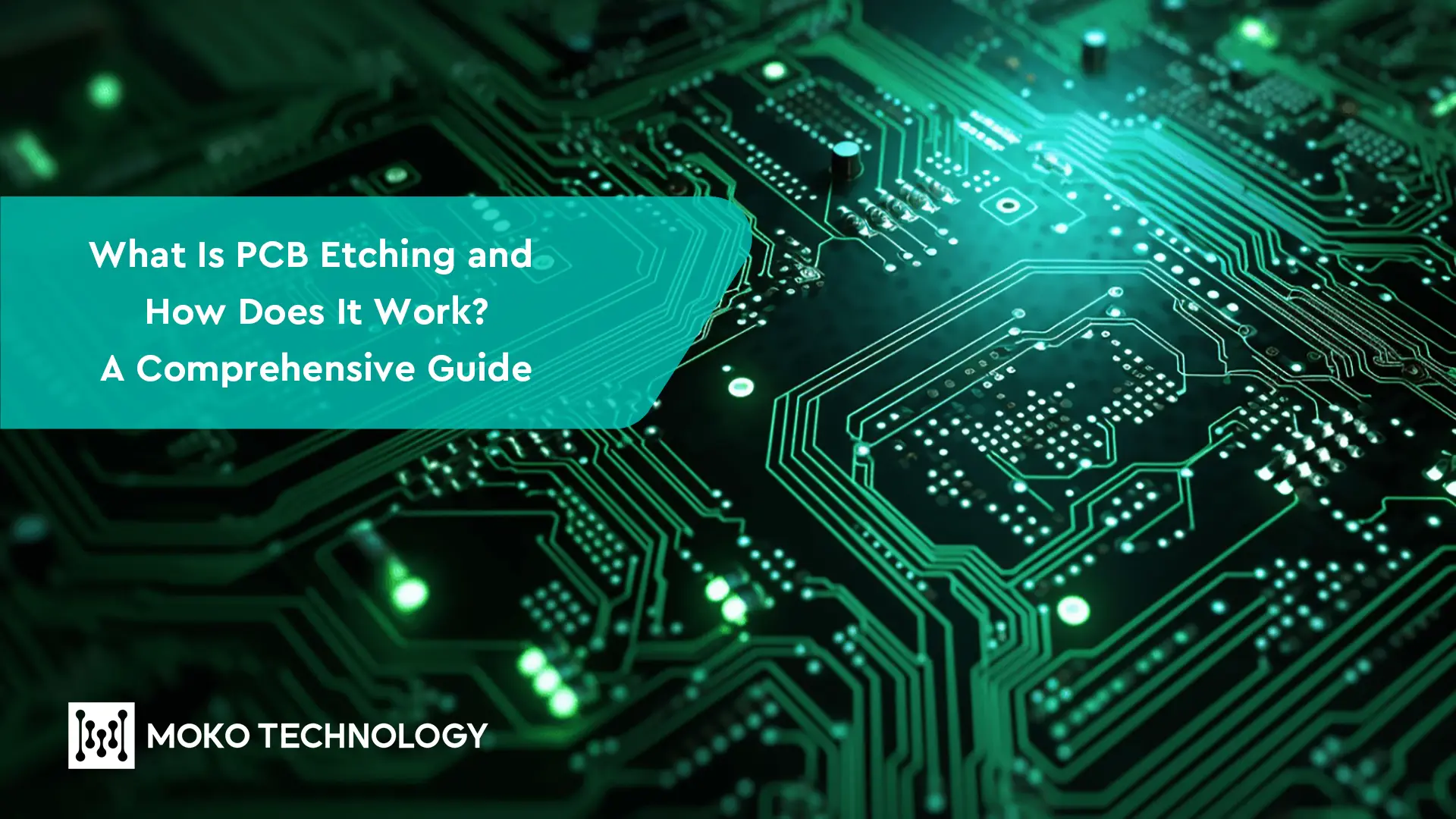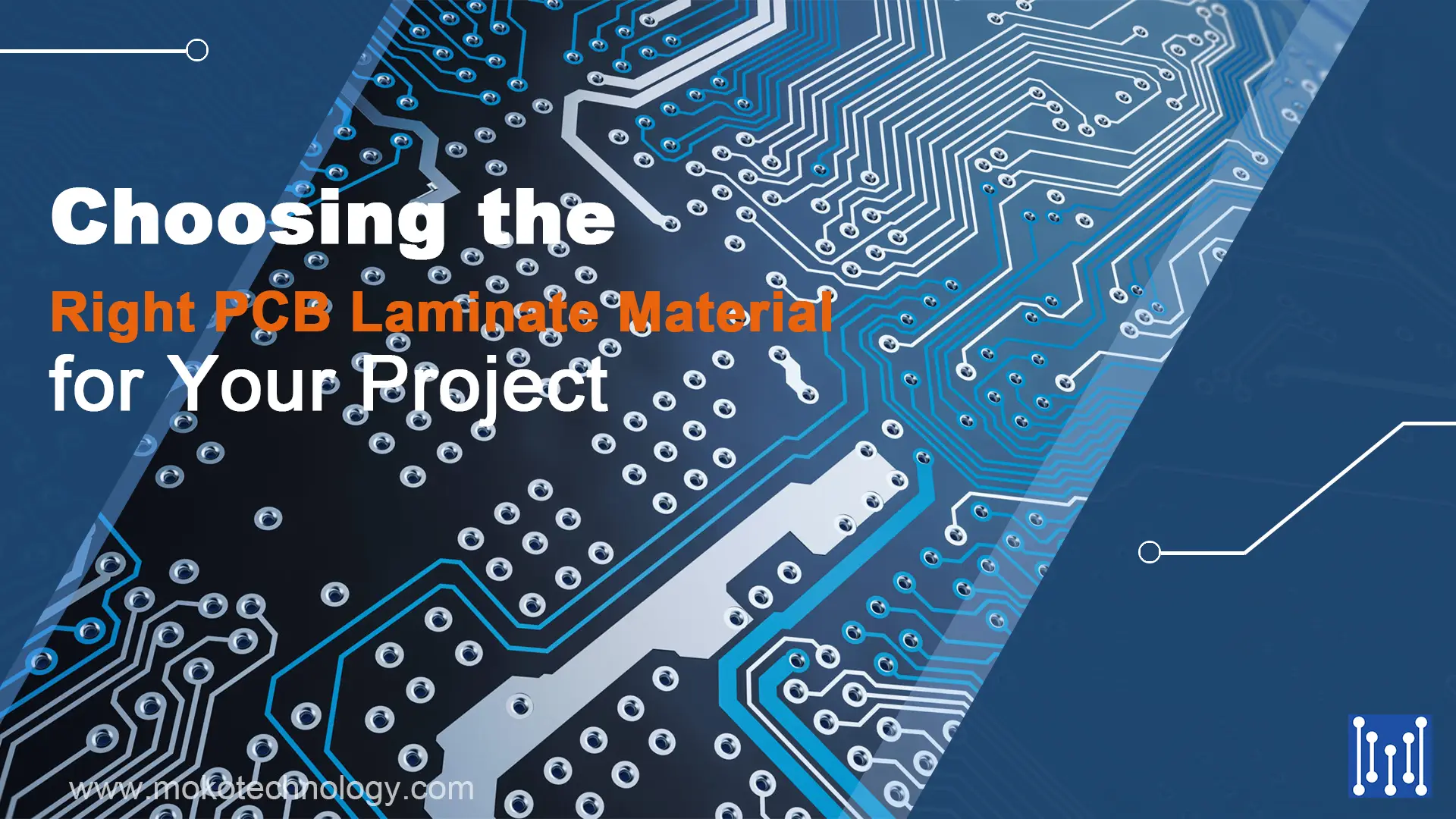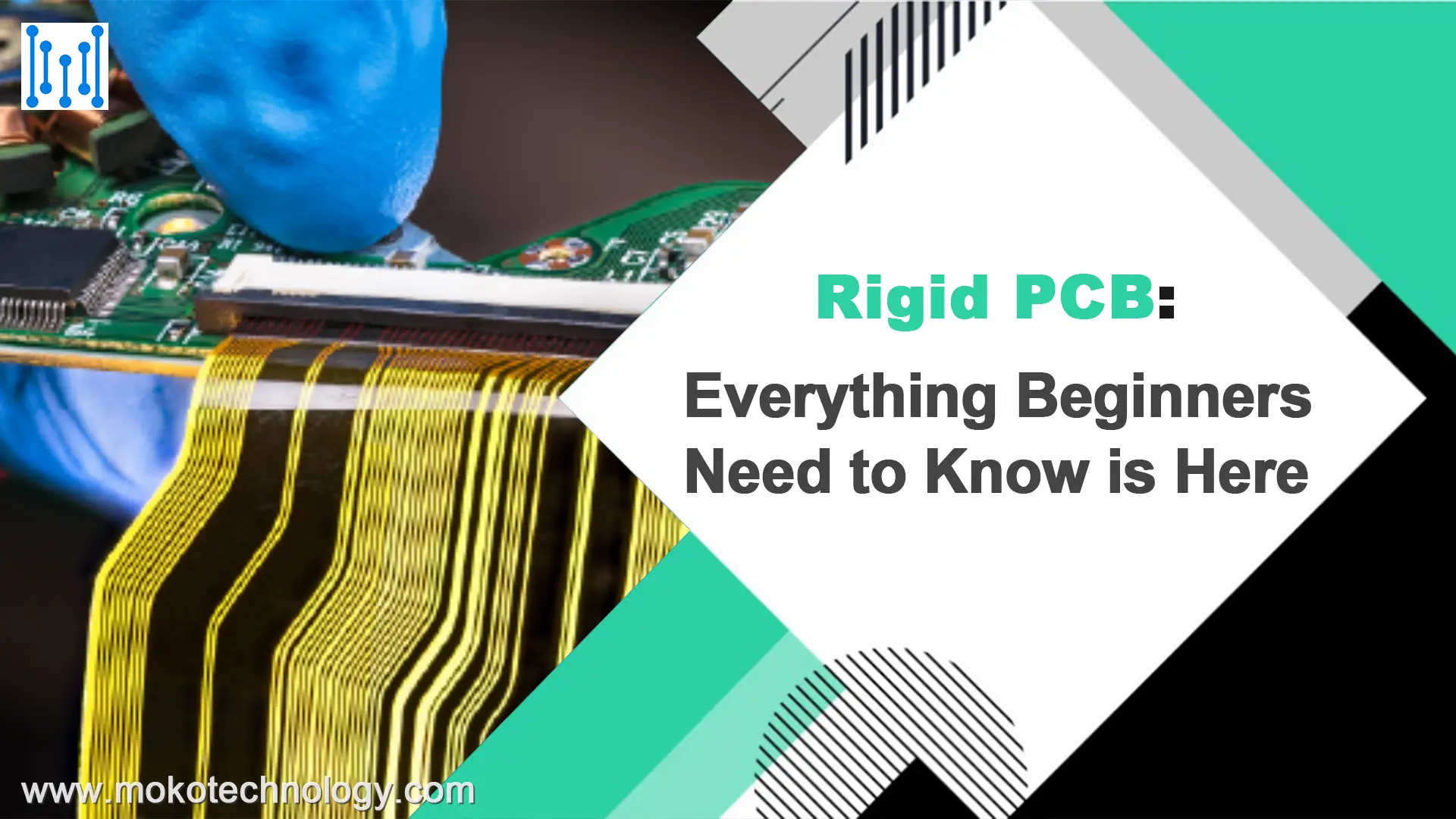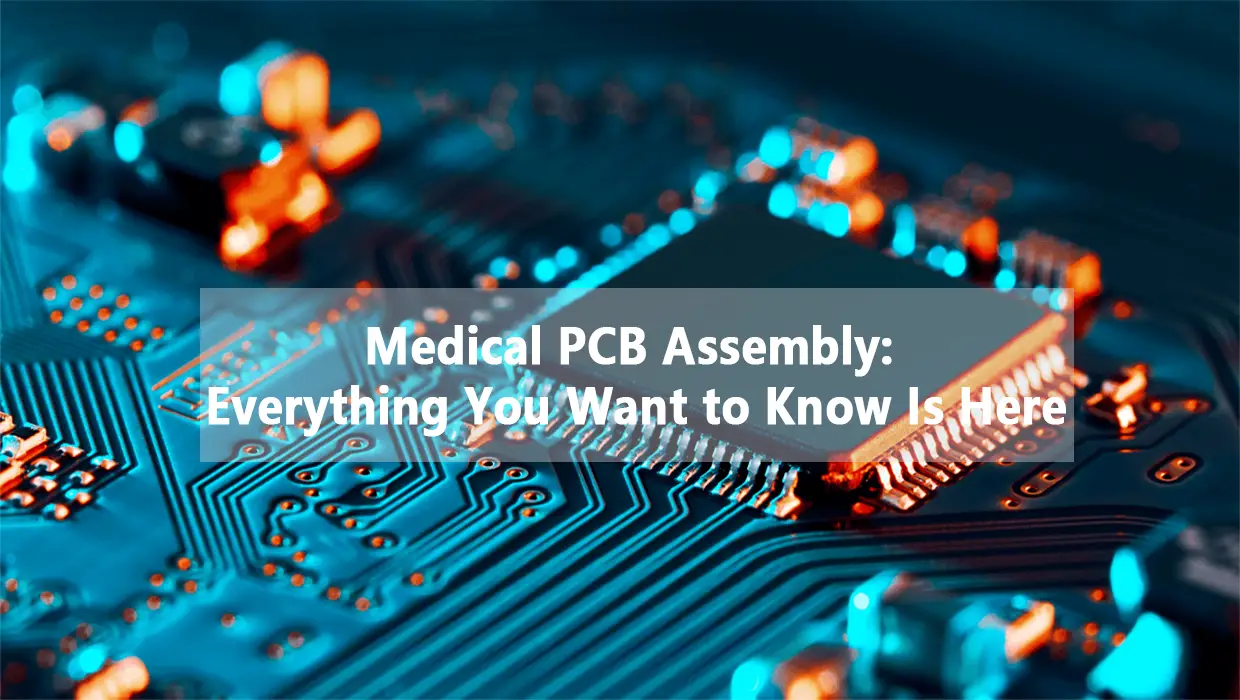PCB エッチングは、 PCB製造工程, その目的は、基板から不要な銅を除去することです。. これにより、接続する必要な回路パターンが作成されます。 PCB 上のさまざまなコンポーネント. PCB のエッチングは簡単な作業ではありません, 特に緑色の手の場合, 特定の素材を使用するため, ツール, と専門知識. したがって, PCBエッチングについて詳しく紹介するガイドを書きたいと思います, 定義をカバーする, PCBボードをエッチングするさまざまな方法, 基板エッチング工程の注意事項と注意事項.
PCBエッチングとは?
PCB エッチングは、PCB 基板上に目的の銅パターンと回路を作成するために使用される製造プロセスです。. 銅被覆基板から不要な銅を選択的に除去することが含まれます。, PCB 上の電子経路を形成する必要な銅配線と接続を残す.
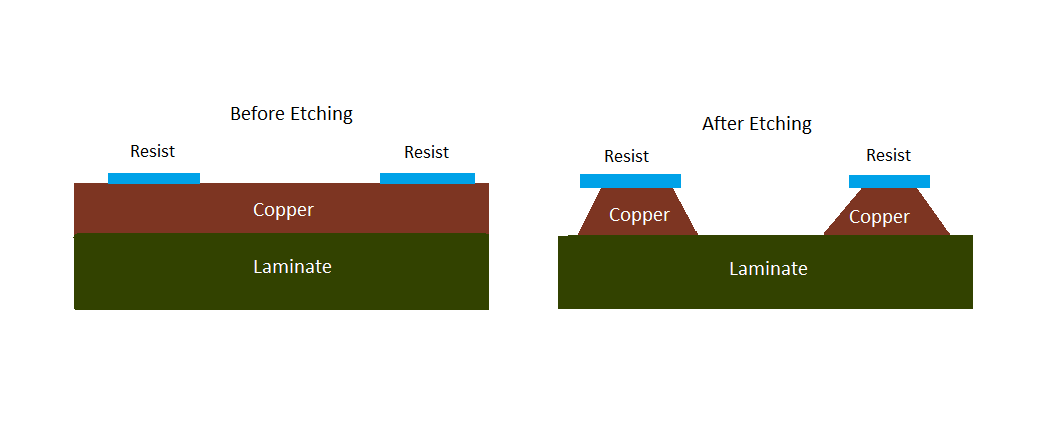
PCB ボードをエッチングする方法?
PCB をエッチングするには, いくつかの方法があります, 最も一般的な方法は化学溶液を使用することです。, この方法をウェットエッチングとも呼びます.
ウェットエッチング
ウェットエッチングでは通常2種類の薬品を使用します。: 酸性薬品とアルカリ性薬品, 総称してPCBエッチング溶液として知られています.
- アルカリエッチング
アルカリエッチングとは、アルカリ性の PCB エッチング溶液を使用して、化学反応を通じて PCB 基板から不要な銅を除去することを指します。. この過程で, PCB は溶液に浸されています, その後、溶液が PCB と完全に反応するまでしばらく待つ必要があります。, そして最後に銅が除去されます. 他のPCBエッチングソリューションとの比較, アルカリエッチングは毒性が低く、環境に優しいです。.
- 酸性エッチング
アルカリエッチングのような, 酸性エッチングでは、基板を回路基板エッチング溶液に浸すことにより、化学反応によって銅を除去します。. 違いは、溶液が酸性であることです。 塩化第二鉄 および塩化第二銅. そしてエッチングが完了すると, PCB は徹底的な洗浄と乾燥を経て、残留する酸性溶液が除去されます。. 酸性エッチング法はPCBの内層に適しています。, 酸性溶液は必要な銅成分を傷つけないため.
ドライエッチング
ウェットエッチングとは異なります, ドライエッチングでは、ガスまたはプラズマを使用して銅を除去します。. 以下に、一般的に使用される 2 つのドライ回路基板エッチング方法を紹介します。:
- PCBレーザーエッチング
レーザー エッチングでは、コンピューター制御システムを利用して高精度の結果を実現します。. この過程で, 集中レーザービームを使用して、不要な銅トレースを彫刻し、PCB 基板から除去します。, デジタル回路設計データに基づく. 化学反応を待つ時間が必要なウェットエッチング法とは異なり、, レーザーエッチングにより、より迅速な生産が可能になります.
- プラズマエッチング
プラズマエッチングは非常に精度が高い, 従来のウェットエッチングでは実現が困難でした. このエッチング方法は、主にプラズマと呼ばれるイオン化ガス分子の制御された流れを使用して、PCB 表面から不要な銅をエッチング除去します。. このテクノロジーにより、メーカーは高度な制御と選択性を得ることができます。, そのため、複雑な回路設計やパターンに適しています。
PCBエッチング液のプロセス
PCB エッチング プロセスにはいくつかの重要なステップが含まれます:
- 表面処理
PCB基板をエッチングする前, 回路基板を注意深く洗浄して、ほこりや油などの汚染物質を除去する必要があります. そうでなければ, エッチングプロセスを妨げる可能性があります.
- エッチングレジストを塗布する
エッチングする必要のない領域用, 銅配線を保護するには、レジスト材料の層を塗布または印刷する必要があります。. 一般的なレジストはドライフィルムです, 液体フォトイメージャブルはんだマスク, そしてトナー.
- レジストの露光と現像
感光性レジストを使用する場合, 次のステップでは、パターン化されたマスクまたはアートワーク フィルムを通して PCB を紫外線にさらします。. この UV 露光により、レジストが硬化し、露光領域が硬化します。. その後, 基板は化学現像液で処理されます, 硬化しなかったレジスト材料を溶解して除去します。, PCB 表面に意図したパターンを形成する硬化したレジストのみを保持します。.
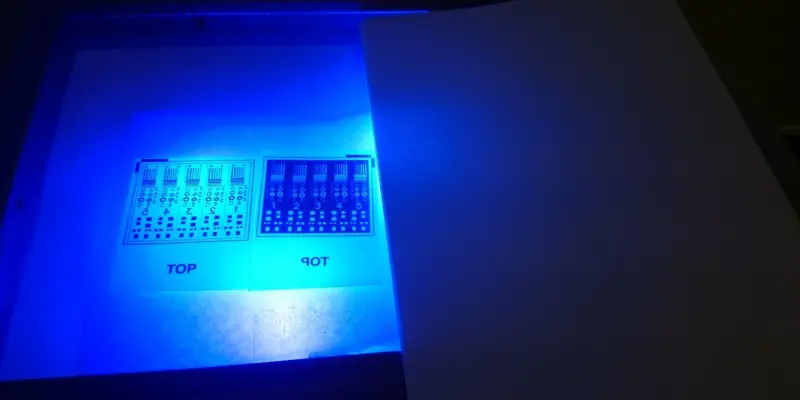
- 不要な銅をエッチングする
を水没させます プリント基板のみ エッチング液の中で, レジストでシールドされた銅配線を維持しながら、露出した銅を除去します。, その結果、PCB上に意図した回路パターンが形成されます。.
- レジスト除去
最後, 基板上の完成した銅回路パターンを露出させるために、残ったレジスト材料を除去する必要があります。. これは化学的剥離を使用して行うことができます, 摩耗, または熱的方法.
PCBエッチング工程の安全対策
ウェットエッチングを使用する場合は、化学薬品を使用する必要があるため、安全対策を講じる必要があります。. 適切に保護されていない場合, 一定の危険があるだろう. 以下に、回路基板のエッチングを安全に完了するのに役立ついくつかの提案をリストします。:
- 個人用保護具を着用する, 保護手袋を含む, 眼鏡, そして人工呼吸器またはマスク. 肌の露出を隠すために長袖の衣服を着用することも検討してください。. 溶液が皮膚に直接触れないようにする.
- 化学エッチングは換気の良い環境で行うのが最適です。. エッチング液からは蒸気や煙が出ますので, 密閉空間で人が吸入すると中毒の危険性がある.
- エッチング工程が完了したら, 使用済みのエッチング液や汚染物質は、地域の規制やガイドラインに従って適切に処分してください。.
最終的な考え
回路基板のエッチングを確実に成功させるのは簡単な作業ではありません; 専門的な知識とツールが必要です. ウェット エッチング技術を使用するか、高度なドライ エッチング方法を選択するか, 適切な安全プロトコルと品質管理措置を遵守することが最も重要です. MOKOテクノロジーにて, 私たちは PCB のエッチングと製造に関わる複雑さを理解しています. 当社の専門知識により、お客様の特定の要件に合わせた最高品質の回路基板を提供できます。. 今すぐ PCB 製造プロジェクトを開始したい? お問い合わせください 無料相談を受けるには.
